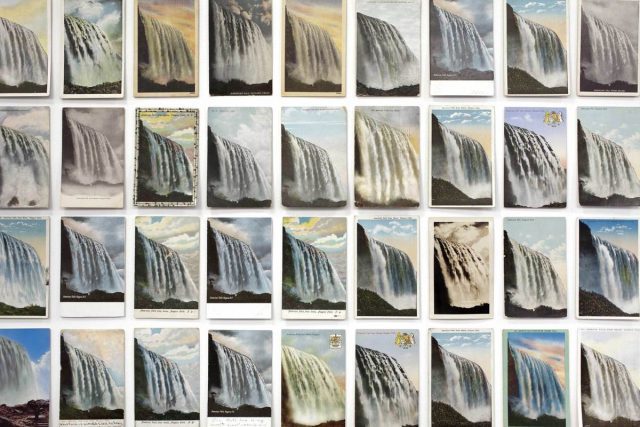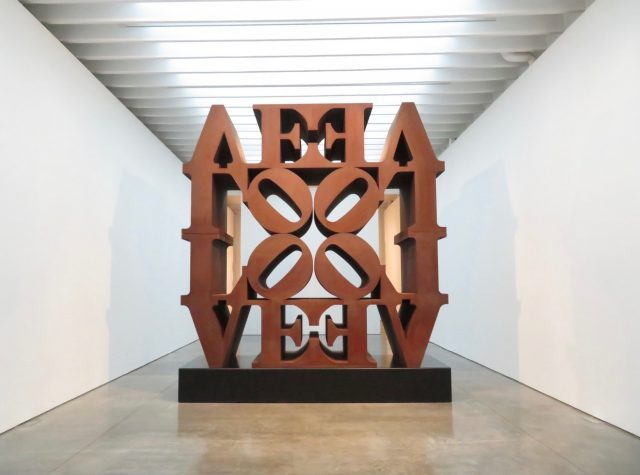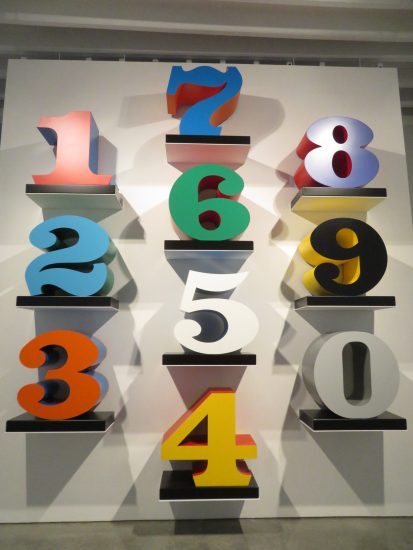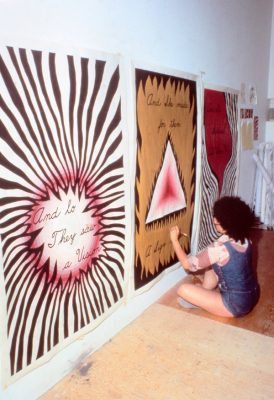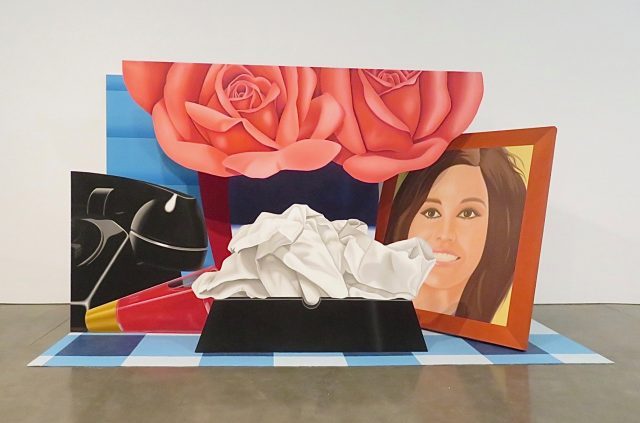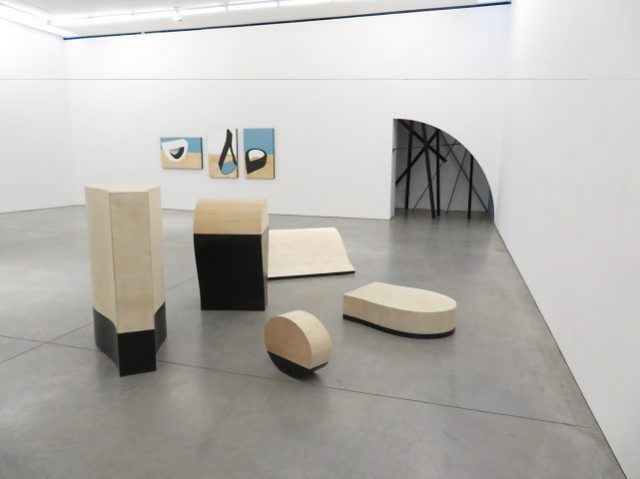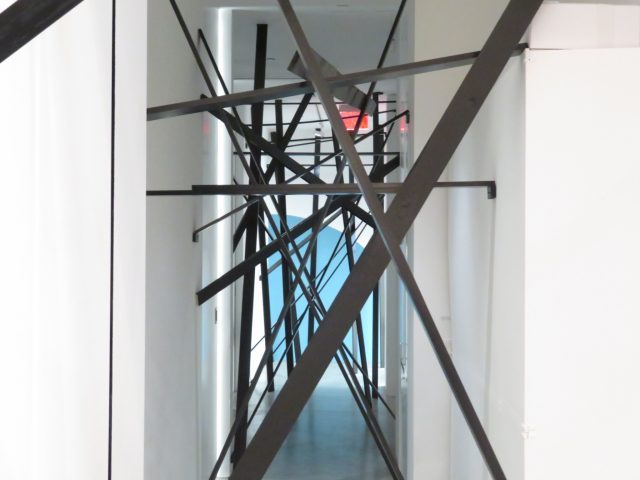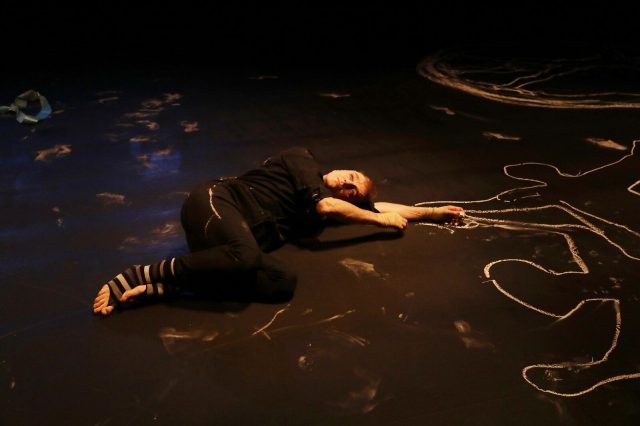
Performance artist John Kelly uses dance, music, drawing, film, photography, and more in Time No Line (photo by Theo Cote)
Ellen Stewart Theatre, La MaMa Experimental Theatre Club
66 East Fourth St.
Thursday – Sunday through March 11, $21-$26
212-475-7710
lamama.org
johnkellyperformance.org
John Kelly’s latest performance piece, the autobiographical, multimedia, multidisciplinary Time No Line, not only looks back at his long, varied, and highly influential career but also honors those he’s lost along the way; his breakout era of work coincided with the AIDS epidemic, and any artistic biography today must reckon with that immense tragedy. “There are so few of my generation left to tell their stories,” Kelly reads from his journals, which he’s been keeping since 1976. So Kelly shares his own story, citing his heroes, including Egon Schiele, Maria Callas, and Gustav Mahler, while referencing such other downtown fixtures as Karen Finley, David Wojnarowicz, Nan Goldin, Charles Atlas, Ethyl Eichelberger, Tere O’Connor, the Cockettes, John Fleck, Joey Arias, and others. The New Jersey native relates episodes of his life through interpretive dance, video projections, visual text, drawing, photographs, songs, and reading from his journal at a small desk. Pages from his journal in neatly arranged rows cover a screen in back. The narrative goes back and forth through the years; “the past is not linear,” he reads. “In retrospect, it’s a patchwork of emotional triggers — how hard has it been to go back into these journals. I see my missteps — and I see my experience, whether I like it or not.” Fortunately, we get to see his experience as well, and there is a lot to like. Kelly traces his career from the ballet and the opera to creating the drag character Dagmar Onassis, the fictional daughter of Callas and Aristotle Onassis, transforming himself into Joni Mitchell, and dealing with the AIDS crisis as it swept through New York City. Third-person text projected on the screen explains, “He sees the possibility of performing ‘in drag’ as a way to be socially annoying (this is 1979) and to process a lot of youthful rage.”

John Kelly looks back at his life and art in autobiographical one-man show (photo by Theo Cote)
Bullied as a child, Kelly found solace onstage, but he ultimately opted for alternative venues, such as the Pyramid Club, the Kitchen, DTW, and La MaMa. Cultural touchstones play a central part in his work; his previous shows include Diary of a Somnambulist, about Lady Macbeth and Cesare from The Cabinet of Dr. Caligari, the Obie-winning Love of a Poet, an adaptation of Robert Schumann’s Dichterliebe song cycle, The Escape Artist, based on the life of Caravaggio, and Pass the Blutwurst, Bitte, in which he portrays Schiele. He steps to the side when changing costumes as more text, family photos, and archival footage is shown on the screen; there are also two higher screens where ghostly images occasionally appear. He steps to a center microphone and sings relevant songs by Mitchell, Henry Purcell, and Charles Aznavour. He snakes along the floor and makes chalk drawings that recall Keith Haring’s style and Leonardo da Vinci’s Vitruvian Man. The pacing can be uneven, Kelly is sometimes a little too casual, and he occasionally teeters on the edge of self-indulgence, but when he gets back in the groove, he displays why he has been such a beloved figure for decades. He often talks about mirrors and self-portraits; he calls the former “the stand-in for eventual public scrutiny” and “a tool for establishing a sense of self.” Of course, Time No Line is really a complex, nonlinear self-portrait, a visual diary of the making of a man in which Kelly holds up a mirror and allows us to see the tragedy and comedy that has resulted in his unique brand of art.
In conjunction with Time No Line, which continues at La MaMa through March 11, Kelly’s Sideways into the Shadows exhibition is being held at Howl! Happening: An Arturo Vega Project at 6 East First St. through March 25, featuring hand-rendered transcriptions of journal entries and a memorial wall of portraits. “From this vantage point, it was a challenging time,” Kelly says as a survivor of the AIDS generation. “It’s still hard to get my head around it. This exhibition and Time No Line are my way to process the entire range of how my personal experiences and the arc of my artistic career intertwined into a coherent whole during a time that was both exhilarating and tragic.”
